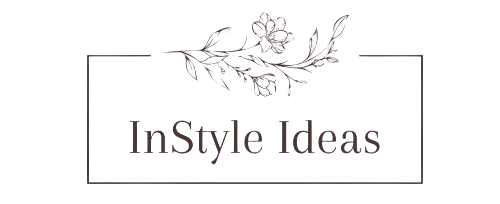
In today’s rapidly changing world, the definition of professional attire for women is undergoing a significant transformation. Gone are the days when a rigid dress code dictated what women should wear in the workplace. Instead, there’s a growing acknowledgment that professional attire can be as diverse and individualized as the women who wear it. This article delves into the shifting landscape of professional attire, challenging traditional notions, and embracing the evolving fashion trends that empower women to express their unique style while maintaining a polished and professional image.
Challenging Traditional Notions
Historical Perspective
Historically, professional attire for women has been synonymous with conservative and masculine styles, often mirroring men’s fashion. This approach reflected societal norms and expectations that dictated how women should present themselves in professional settings.
Gender Bias in Workplace Attire
The enforcement of strict dress codes for women has perpetuated gender bias in the workplace, stifling individuality and creativity. Women have often felt pressure to conform to narrow standards of dress, limiting their ability to express their personality through clothing.
Shift Towards Inclusivity and Diversity
Thankfully, there has been a notable shift towards inclusivity and diversity in recent years. Companies are reevaluating their dress codes to accommodate a broader range of styles, recognizing that diversity in appearance fosters diversity in thought and perspective.
Embracing Individuality
Personal Expression Through Clothing
One of the most significant benefits of redefining professional attire is the freedom it affords women to express themselves authentically. Whether it’s bold colors, unique patterns, or unconventional silhouettes, clothing can serve as a powerful form of self-expression.
Impact on Confidence and Self-esteem
When women are allowed to dress in a manner that aligns with their personal style, it can have a profound impact on their confidence and self-esteem. Feeling comfortable and authentic in one’s attire can empower women to excel in their careers and embrace leadership roles.
Breaking Stereotypes in the Workplace
By challenging traditional notions of professional attire, women are breaking free from stereotypes that have long constrained their choices. Embracing diverse styles sends a powerful message that professionalism is not determined by appearance alone but by competence, skills, and character.
Fashion Trends and Diversity
Versatile Options for Professional Attire
Today, there’s a plethora of versatile options available for women in the workplace. From tailored suits to stylish separates, women can choose attire that suits their body type, personality, and professional environment.
Adaptability in Different Work Environments
What constitutes professional attire can vary widely depending on the industry, company culture, and geographical location. Women are embracing this diversity by adapting their wardrobe to suit the specific demands of their workplace while still expressing their personal style.
Cultural Influences on Fashion Choices
The globalization of fashion has introduced a rich tapestry of cultural influences into professional attire. Women are incorporating elements from diverse cultural backgrounds into their outfits, celebrating diversity and promoting cross-cultural understanding in the workplace.
Benefits of Redefining Professional Attire
Encouraging Creativity and Innovation
By embracing individuality in dressing, companies can foster a culture of creativity and innovation. When employees are encouraged to express themselves authentically, they are more likely to bring fresh perspectives to their work and drive positive change.
Fostering a Sense of Belonging
When women feel empowered to be themselves in the workplace, it fosters a sense of belonging and inclusivity. Employees are more likely to feel valued and respected for who they are, leading to greater job satisfaction and retention.
Enhancing Productivity and Morale
Studies have shown that employees who are allowed to dress according to their personal style experience higher levels of productivity and morale. When people feel good about how they look, they are more motivated to perform at their best and contribute to the success of the organization.
Promoting Inclusivity in the Workplace
Company Policies and Dress Codes
Companies play a crucial role in promoting inclusivity by revising outdated dress codes and implementing policies that embrace diversity. By creating more flexible and inclusive dress guidelines, companies can attract top talent and create a more welcoming work environment.
Educating Employers and Employees
Education is key to fostering a more inclusive workplace culture. Employers and employees alike should be educated about the importance of diversity in professional attire and the impact it can have on workplace dynamics and productivity.
Creating a Supportive Work Culture
Ultimately, promoting inclusivity in the workplace requires a concerted effort to create a supportive work culture where all employees feel valued and respected. By championing diversity in all its forms, companies can create an environment where everyone can thrive and reach their full potential.
Conclusion
Redefining professional attire for women is about more than just fashion; it’s about challenging stereotypes, promoting inclusivity, and creating a more diverse and dynamic workplace. By embracing individuality and celebrating diversity, companies can foster a culture of creativity, innovation, and belonging that benefits everyone.



